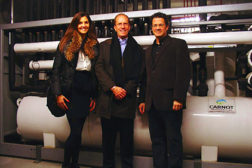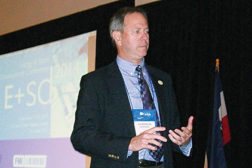Refrigeration
Get Manufacturer Contact Information
Read More
HVACR Directory & Source Guide: Wholesaler/Where to Buy Listings
Find Distributors Quickly and Easily
January 5, 2015
HVACR Directory & Source Guide: Manufacturers Representatives
Find Manufacturers Representatives Quickly and Easily
January 5, 2015
HVACR Directory & Source Guide: Consultants and Services
Check our Consultant/Service Listings
January 5, 2015
Canadian Firm Joins EPA’s GreenChill
Refrigeration Manufacturer Focuses on CO2 Equipment
January 5, 2015
Tecumseh on Refrigerant Transition
Refrigeration Equipment Manufacturer Outlines Current Position
January 5, 2015
FMI Considers the Future of Supermarket Refrigeration
Research Reveals Optimal Refrigerant Choice is Dependent on Application, Setting
Read More
Copyright ©2025. All Rights Reserved BNP Media.
Design, CMS, Hosting & Web Development :: ePublishing





